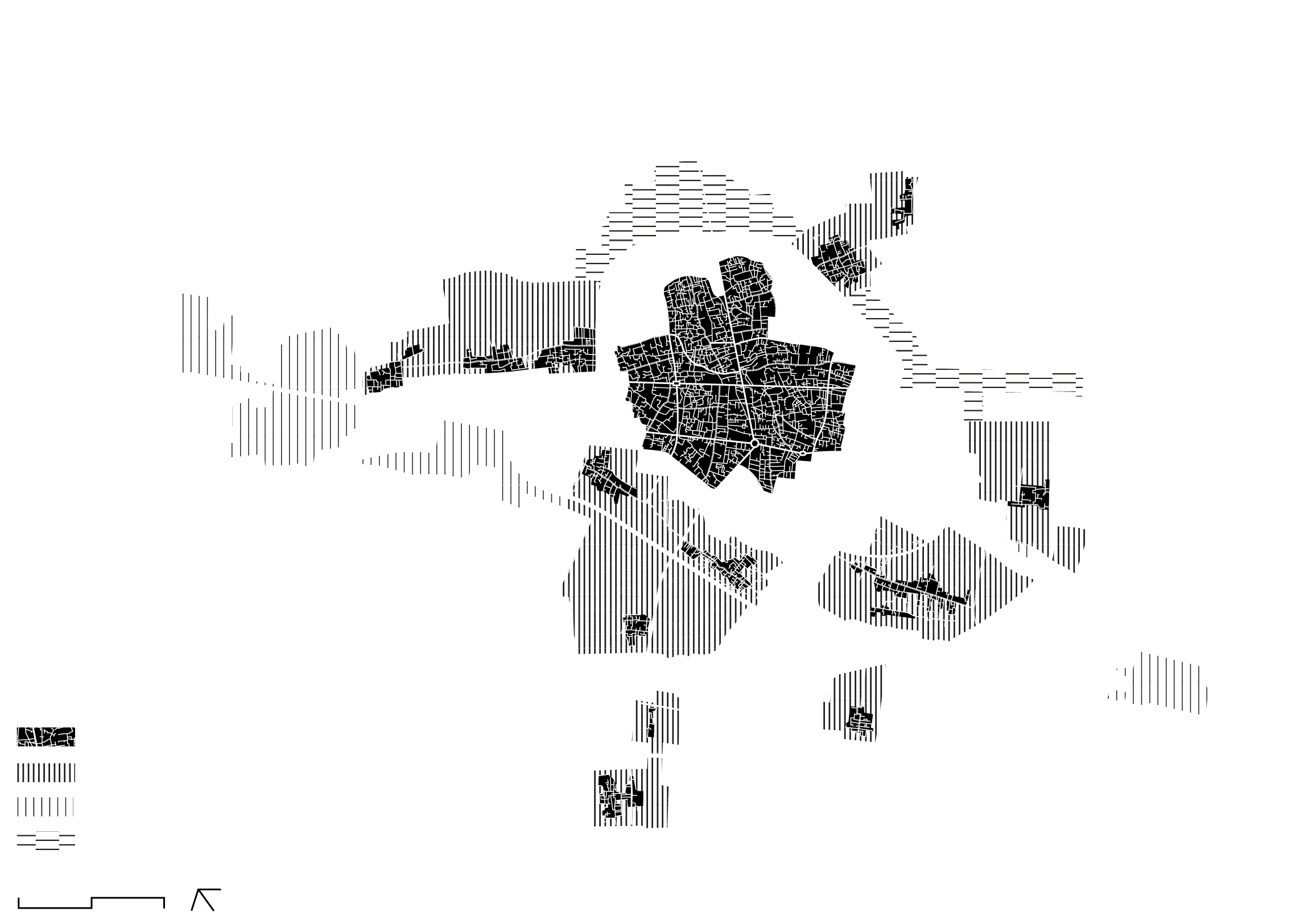La tutela della città storica nei paesi extra europei, l’esempio dell’Iran. [The protection of the historic city in non-European countries, the example of Iran]
Anna Paola Pola

Abstract
From the late 1950s to the 1980s, Italian architects and urban planners defined the conceptual and methodological framework of preserving historic centres worldwide. Based on the clear identification of a specific process of analysis and operative action, the Italian model of intervention was collectively accepted, from Yazd to Baghdad, Cartagena or Quito. Its methodological approach was adopted by international institutions, the Council of Europe, and the United Nations, becoming the global standard of urban renewal interventions. These types of urban restorations and their planning schemes spread outside the country and Europe, throughout the work of Italian architects working abroad, foreign architects trained in Italy, and thanks to a vivid international environment of debate and exchange. Among international experiences, Latin America and Iran's cases exemplarily embody this trajectory of global dissemination of thinking and acting to protect and develop historical centres.
Pola, AP. “La tutela della città storica nei paesi extra europei, l’esempio dell’Iran.” In Esportare il centro storico, edited by B. Albrect and A. Magrin, 324-429. Rimini: Guaraldi Engramma Editrice, 2015.

